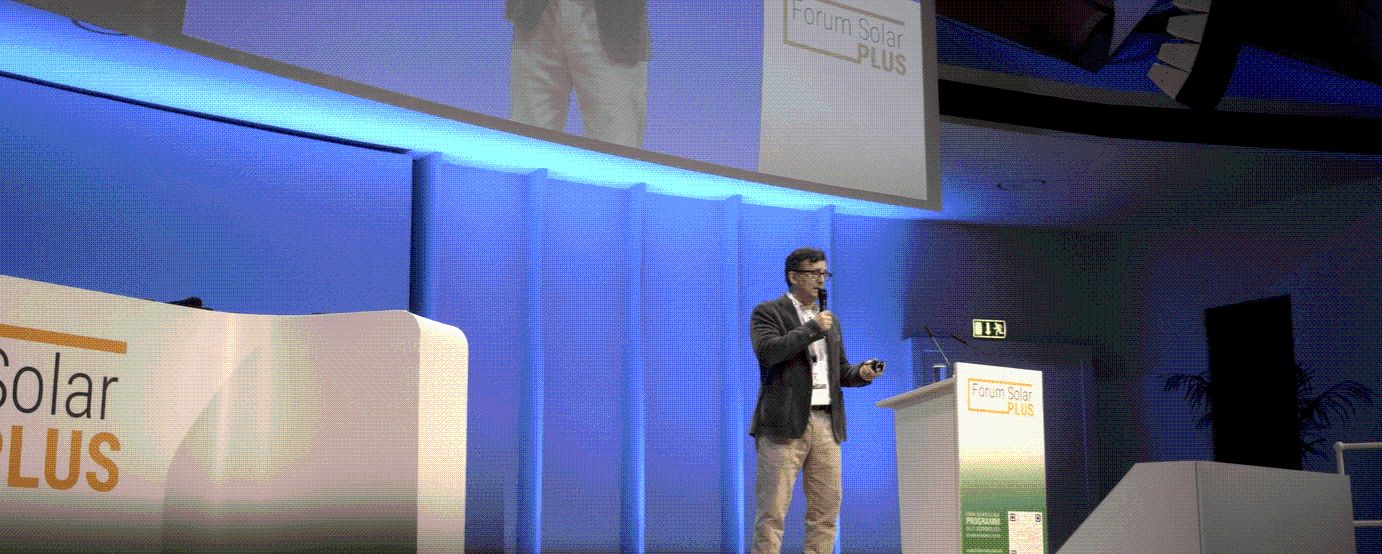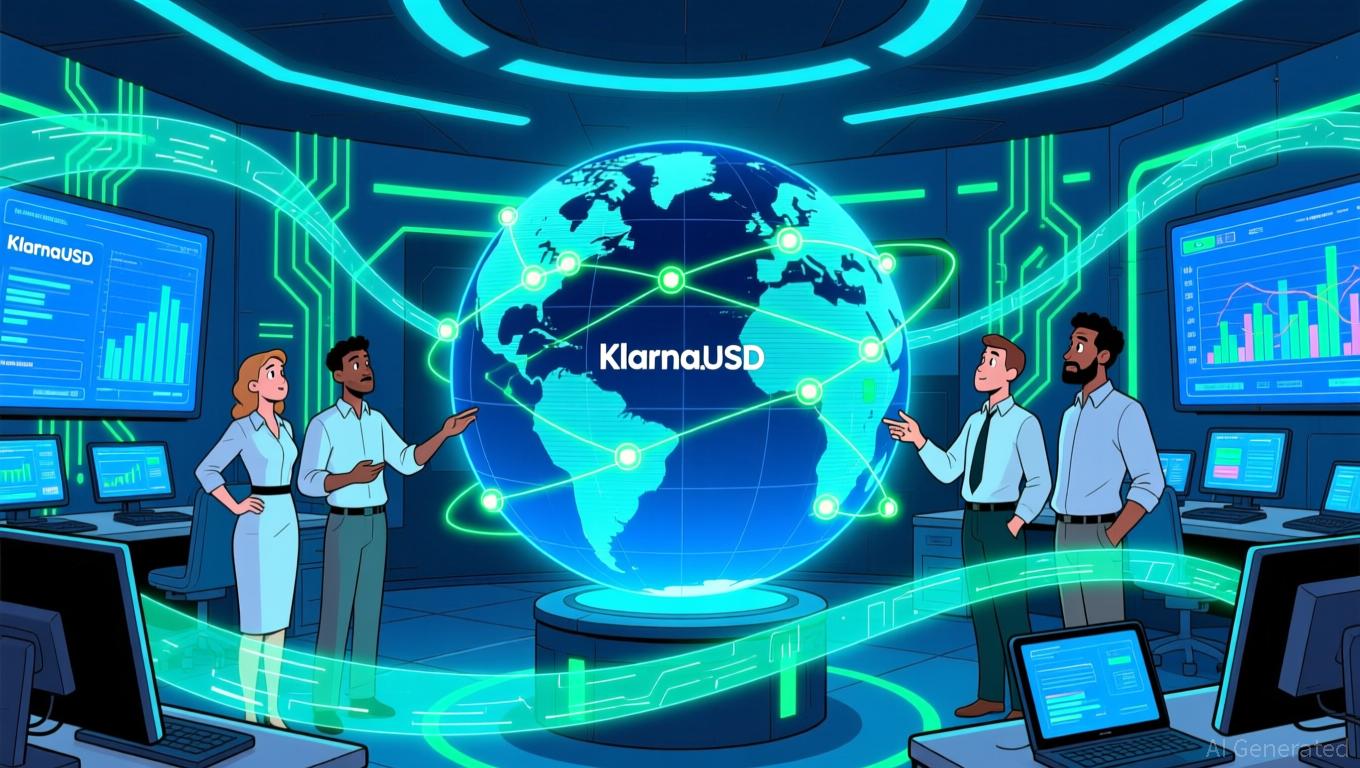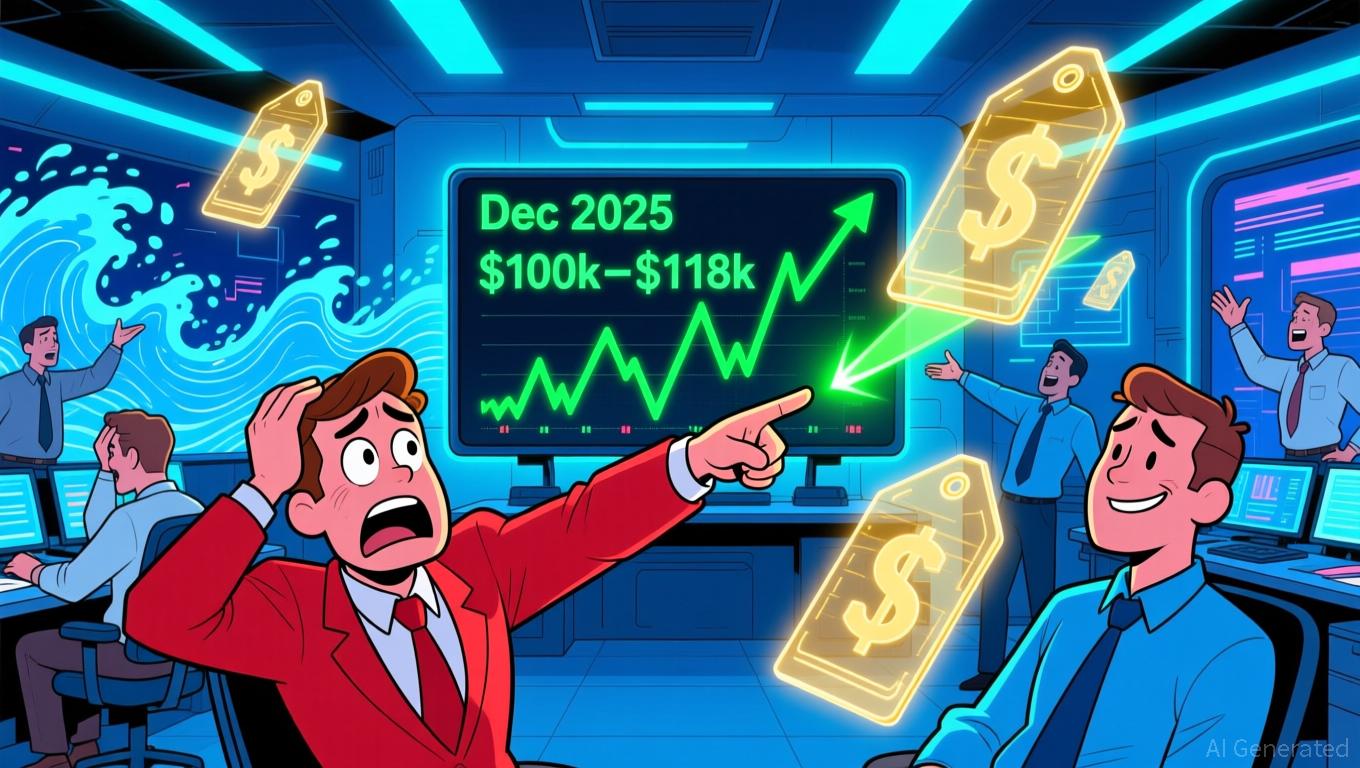SolarPlus Forum 2025 Review: A Clear Look at Germany’s Evolving Solar Landscape
SolarPlus Forum 2025, held at the bcc Berlin Congress Center, gathered policymakers, innovators, regulators, and business leaders across the photovoltaic and renewable-energy ecosystem. Unlike many industry events that lean heavily on presentations, this year’s edition stood out for its engaging, pragmatic, and frank conversations about the state of solar energy in Germany.
The forum offered a realistic look at what the industry needs next —from legislative adjustments to regulatory clarity, funding support, and new business models shaping the solar value chain.
SolarPlus Forum 2025 Review: Key Themes and Takeaways
1. Policy and Legislative Changes: What the Industry Is Waiting For
A major focus of the forum was the role of German legislation and the decisions expected from the Bundestag. Participants discussed which regulatory frameworks need updating to accelerate solar adoption.
Key points included:
- Pending adjustments to national renewable-energy laws
- Barriers created by outdated regulations
- The industry’s expectations from future Bundestag sessions
- The need for clearer long-term policy direction
These conversations highlighted how strongly the solar sector depends on political alignment to scale effectively.

2. Challenges Facing Industry Stakeholders
Speakers and participants spoke openly about the real-world obstacles companies face today, such as:
- Long permitting processes
- Grid integration limitations
- Ambiguity in regulatory enforcement
- Rising project-development costs
- Differing interpretations of policy between federal and state authorities
Rather than theoretical debates, the discussions reflected day-to-day situations companies encounter—making the sessions notably dynamic rather than academic or abstract.
3. Government Support, Grants, and Funding Opportunities
Another central topic was the question of what government support actually exists today and where gaps remain. Attendees explored:
- Current grant structures
- The accessibility of federal and EU-level programs
- Whether incentives truly align with industry needs
- How funding could evolve to match Germany’s long-term solar targets
These conversations underscored that while support programs exist, many companies are still waiting for more practical, accessible solutions.
4. Engaging Discussions on the Industry’s “Left vs. Right” Perspectives
A recurring theme was the ideological differences surrounding Germany’s energy transition. From political viewpoints to regulatory philosophies, the forum hosted lively but respectful exchanges.
These debates were:
- Open
- Honest
- Surprisingly engaging
- Far from boring, according to many attendees
The variety of perspectives contributed to a constructive atmosphere where policy challenges could be dissected from multiple sides.

5. Innovation, Digitalization, and Future Strategies
The exhibition areas and speaker panels also covered:
- Digital solutions for energy management
- New business models in PV and storage
- The future of solar energy in Germany
- Sustainability and long-term resilience
- The role of technology in reducing operational burdens
This rounded off the event with a forward-looking lens, balancing regulatory discussions with market-driven innovation.
Disclaimer: The content of this article solely reflects the author's opinion and does not represent the platform in any capacity. This article is not intended to serve as a reference for making investment decisions.
You may also like
USDe's total value locked drops by 50% even as onchain activity remains strong, highlighting the vulnerability of DeFi yields
- Ethena's USDe stablecoin TVL fell 50% to $7.6B amid yield compression and unwinding leveraged carry trades, despite rising onchain transaction volume. - The synthetic stablecoin's 5.1% APY now lags Aave's 5.4% USDC borrowing rates, triggering outflows as leverage strategies become unprofitable. - Collapsing 10x leverage loops and maturing perpetual tokens accelerated TVL decline, exposing fragility of yield-bearing stablecoins in risk-off markets. - Chaos Labs recommends lowering Aave V3 stablecoin borro
Klarna's CEO Turns Crypto Skepticism into a Stablecoin Innovation
- Klarna , a Swedish fintech , launches KlarnaUSD, its first stablecoin, after CEO Sebastian Siemiatkowski previously dismissed crypto as impractical. - Pegged to the U.S. dollar, the stablecoin uses Stripe's Open Issuance platform and Tempo blockchain, with a 2026 public launch planned. - Aimed at cutting $120 billion in annual cross-border payment fees, it targets 114 million users and $112 billion in GMV, aligning with a $27 trillion stablecoin market surge. - The move deepens Klarna's partnership with

Bitcoin News Today: Bitcoin’s $13.3B Options Expiration Depends on 15% Surge to Protect Major Positions
- Bitcoin (BTC-USD) fell 30% from its $126,000 peak to $87,080 amid ETF outflows, stablecoin liquidity declines, and leverage unwinds. - A $13.3B options expiry on Dec 26, 2025, features a $1.74B call condor bet targeting $100,000–$118,000, with profits capped at $112,000. - November saw $3.5B in Bitcoin ETF outflows, while stablecoin market cap dropped $4.6B, signaling heightened liquidity risks. - Market stability signs include a 32 RSI near oversold levels and reduced downside protection costs, though s

Bitcoin Updates Today: Bitcoin's Volatility: Surrender or Endurance from Institutions?
- Bitcoin's recent price drop and negative funding rates suggest market capitulation, with open interest collapsing 32% since late October 2025. - Institutional holdings like KindlyMD's $681M BTC stash and Harvard's ETF investments highlight growing long-term confidence in Bitcoin's stability. - Q3 2025 crypto VC surged 290% to $4.65B, while experts diverge: Standard Chartered targets $200K BTC by year-end, Kraken predicts $80K–$100K consolidation. - Macro risks including Japan's reserve rules and AI-drive

